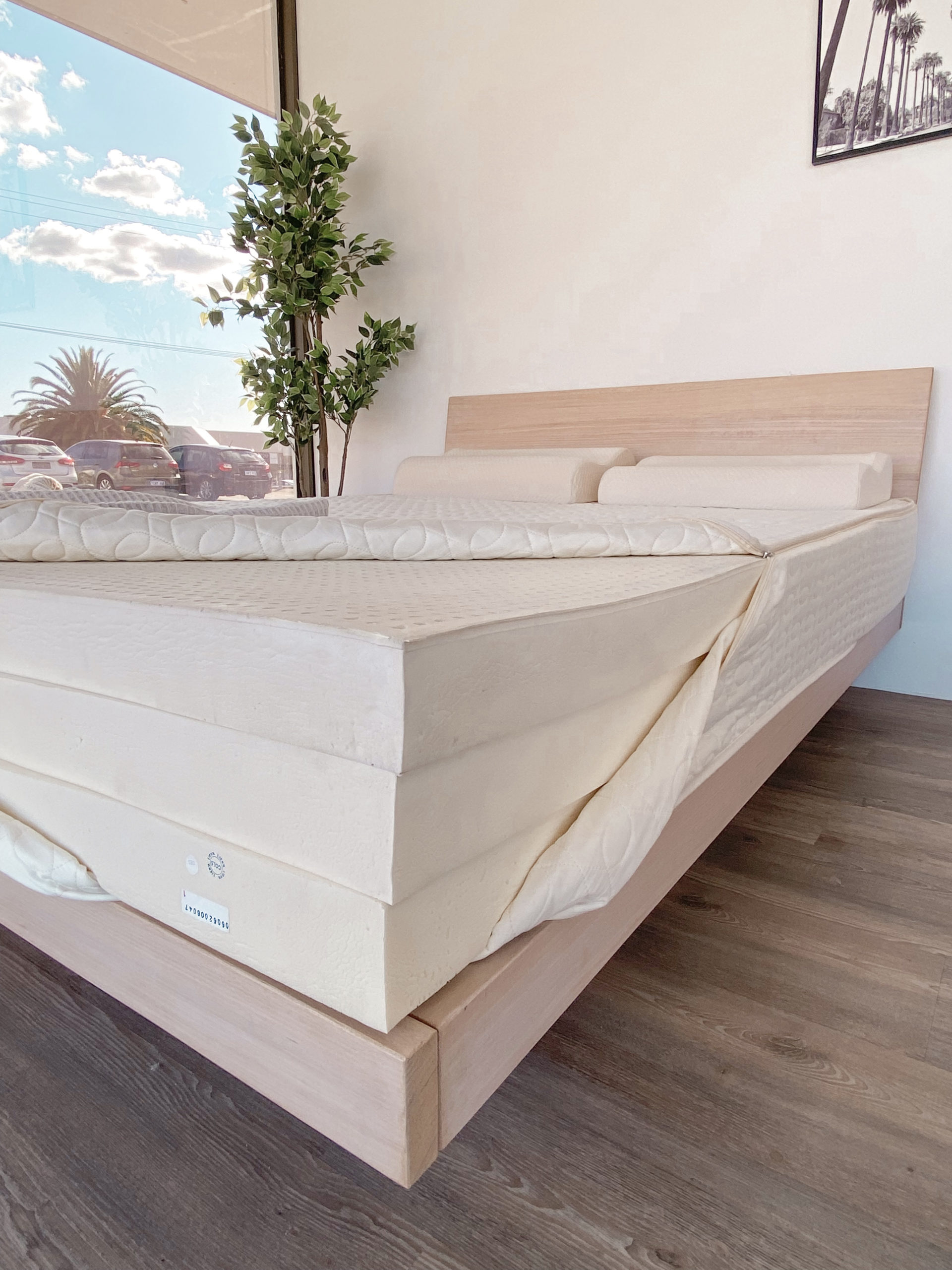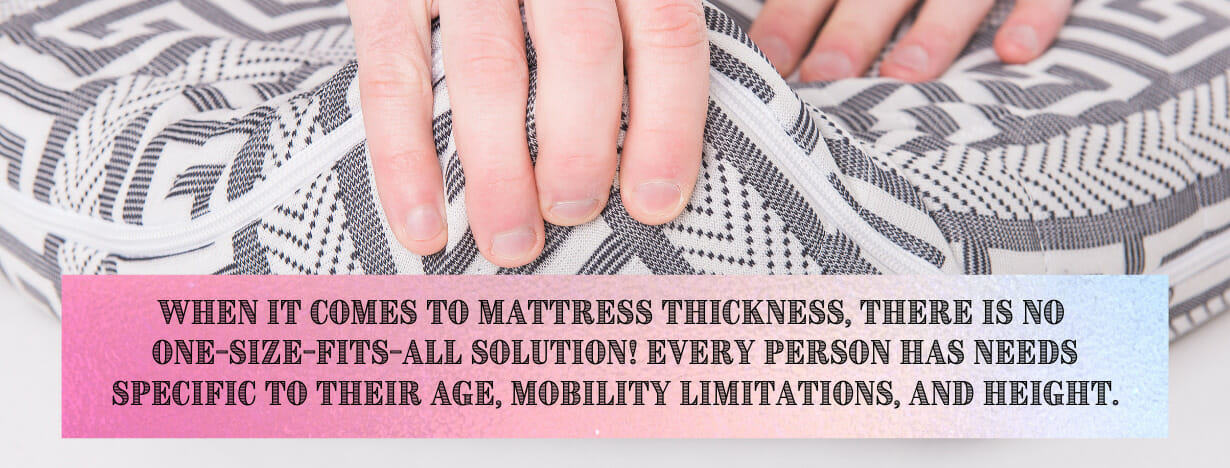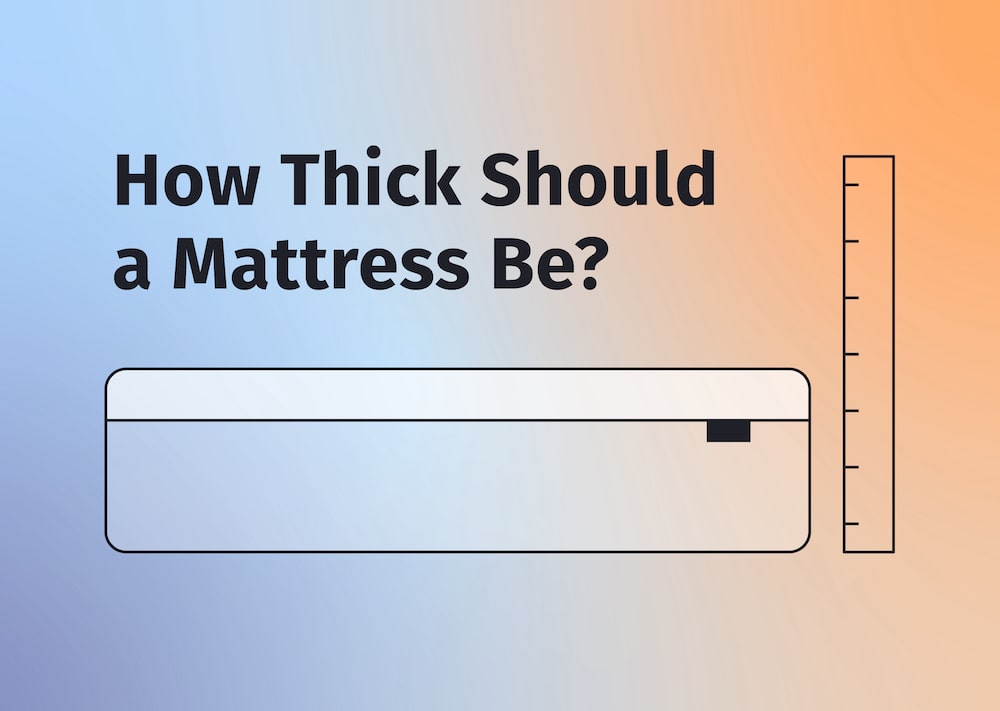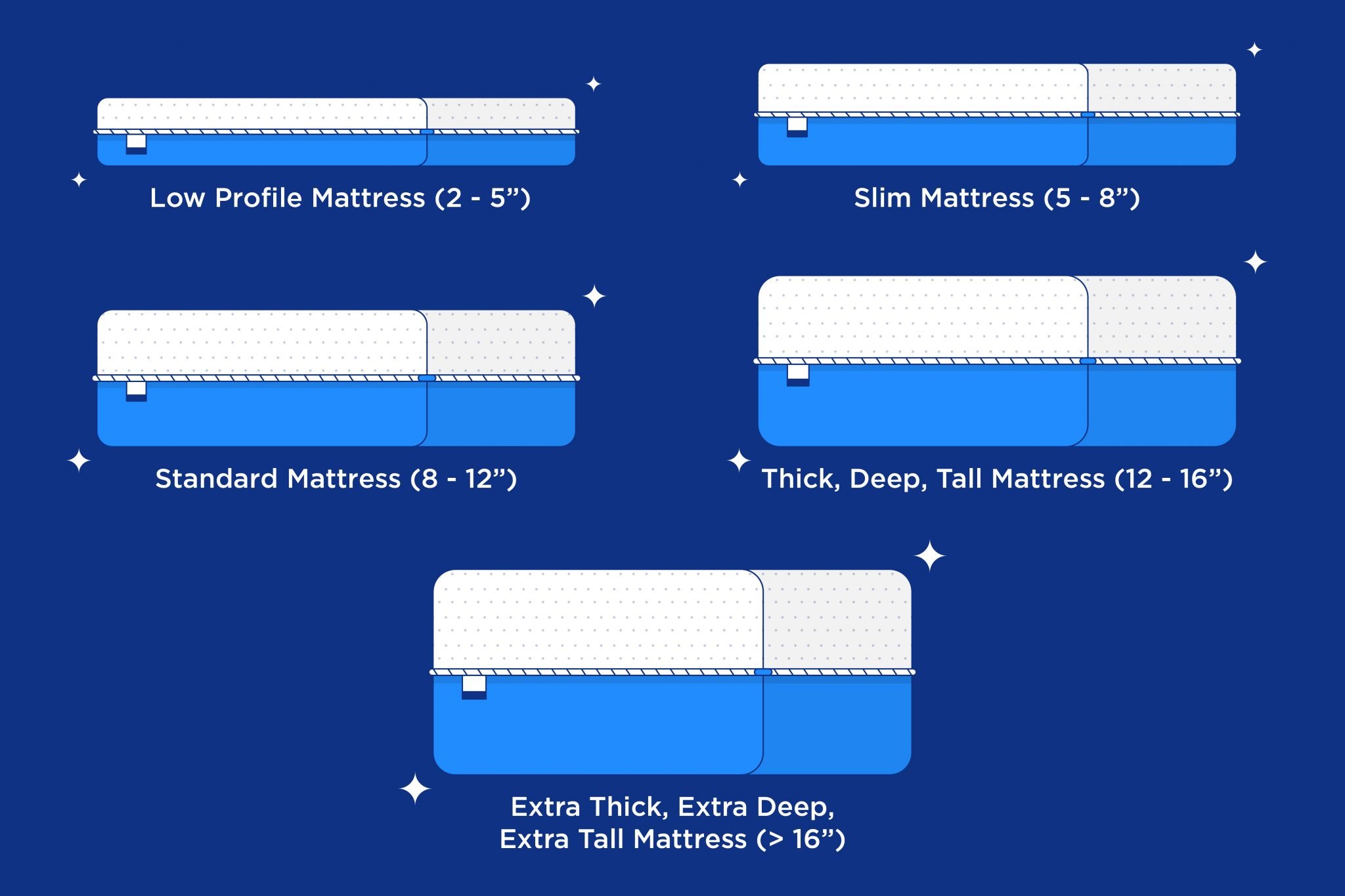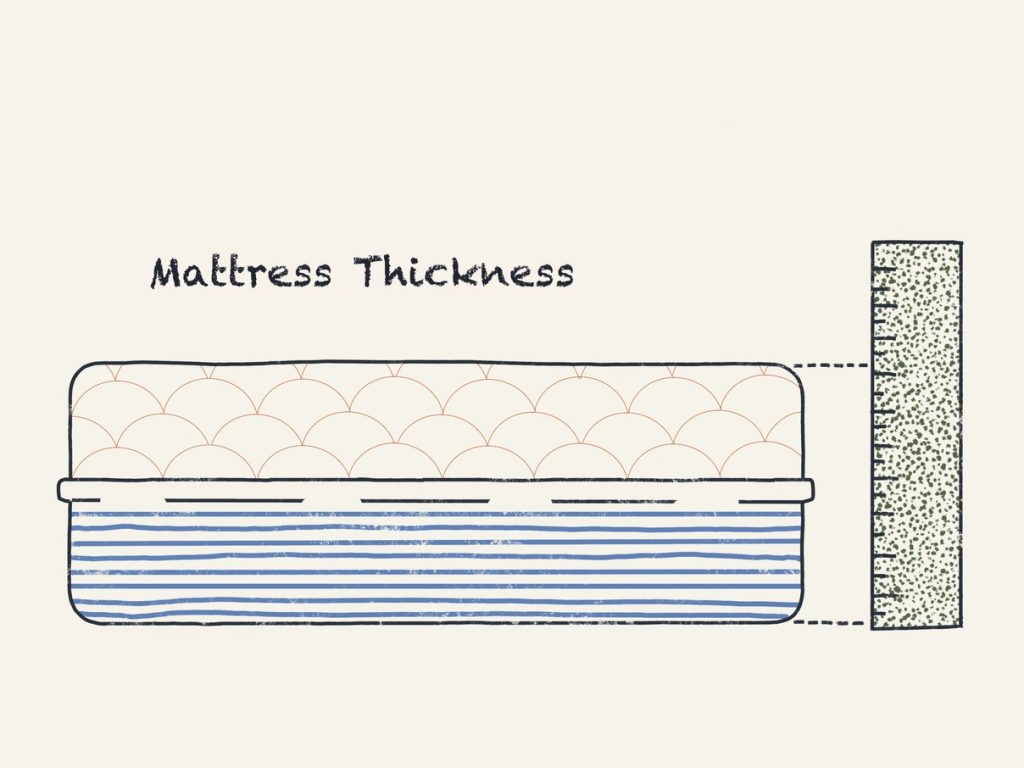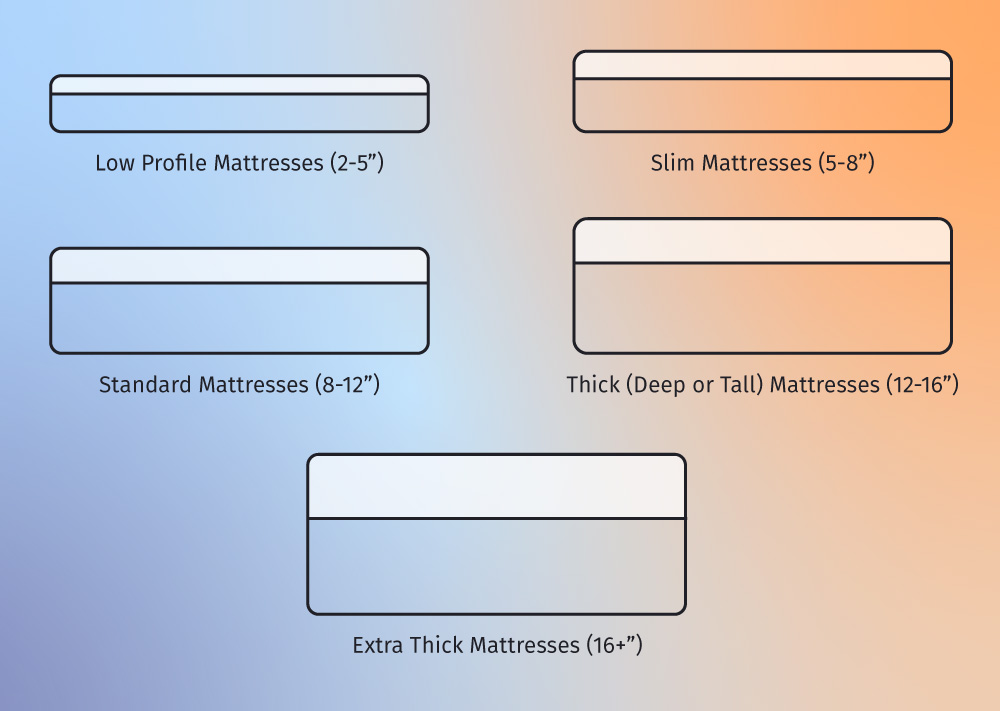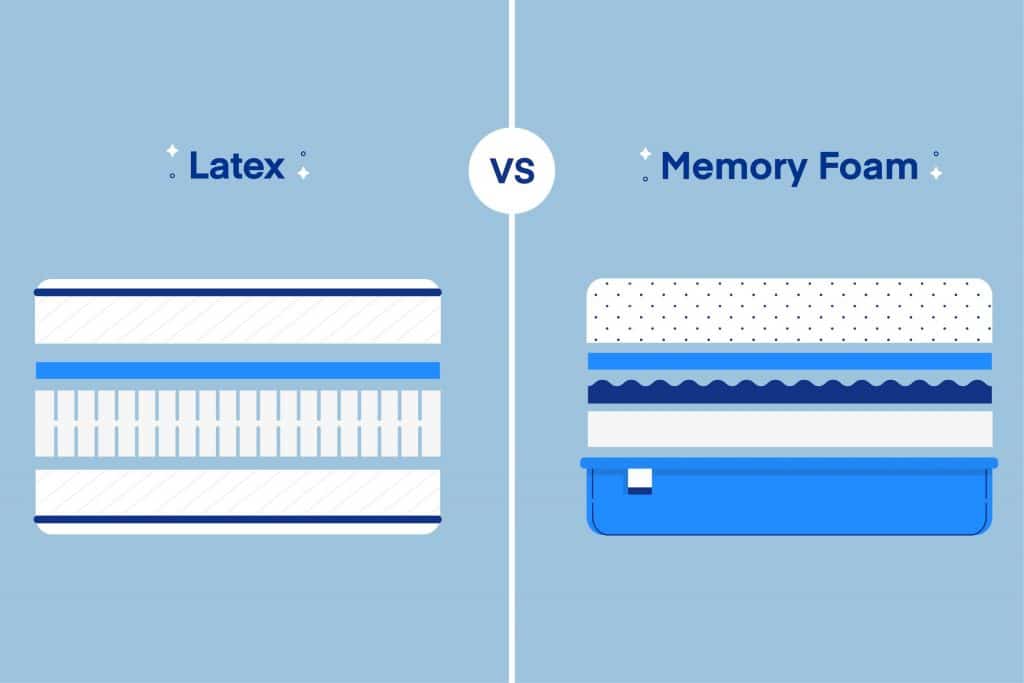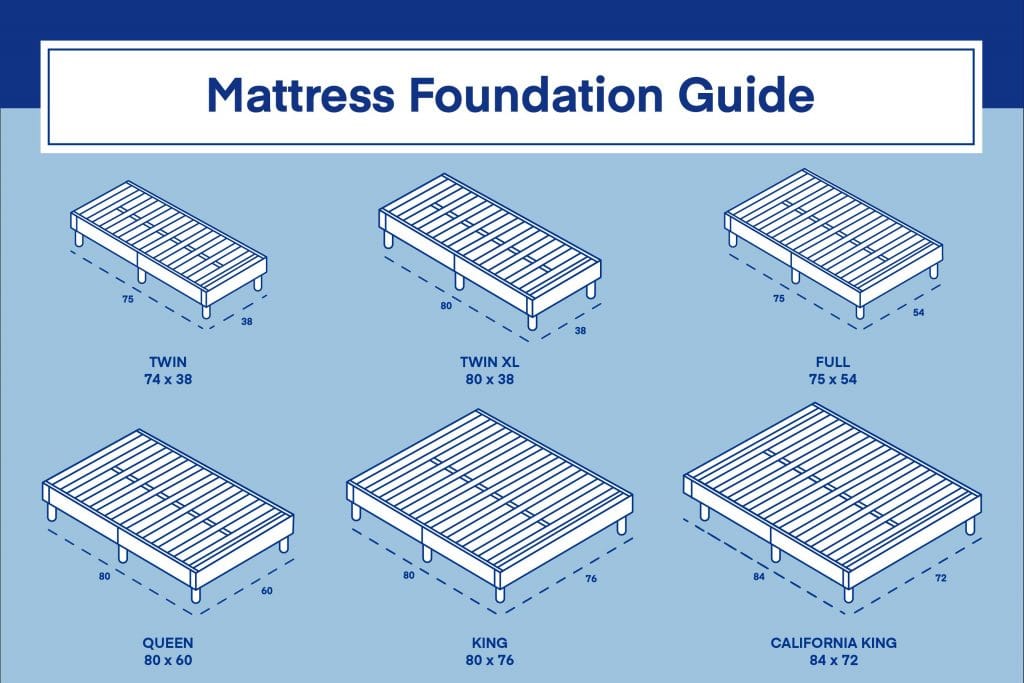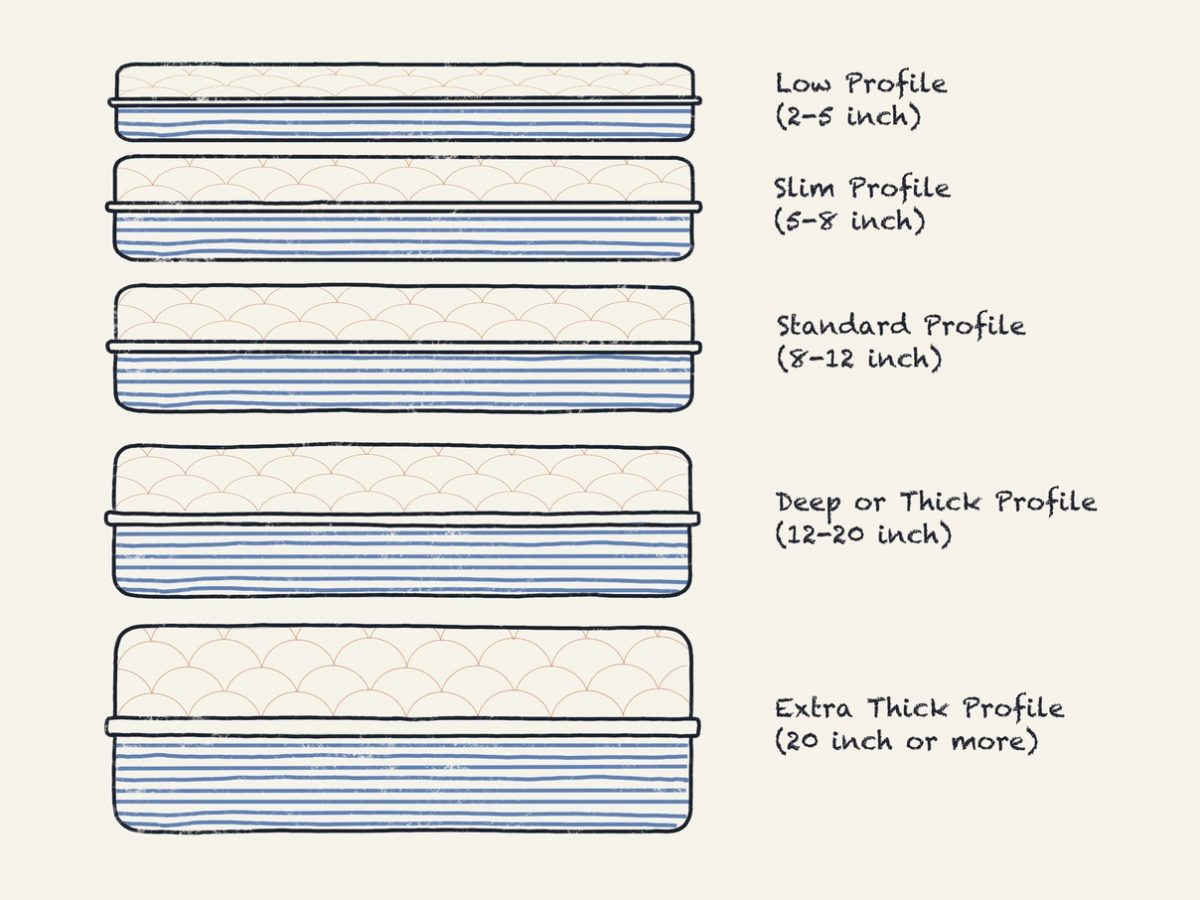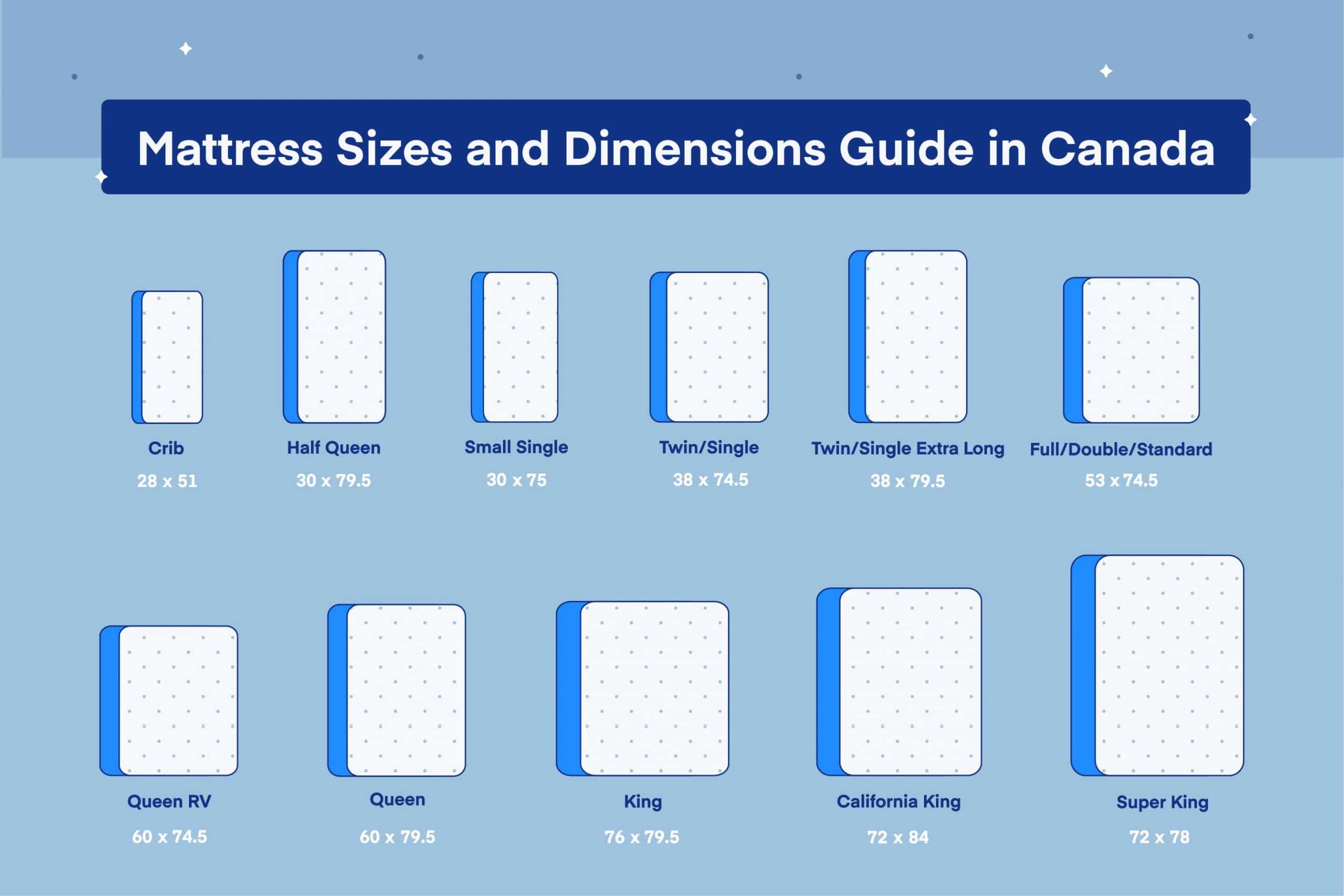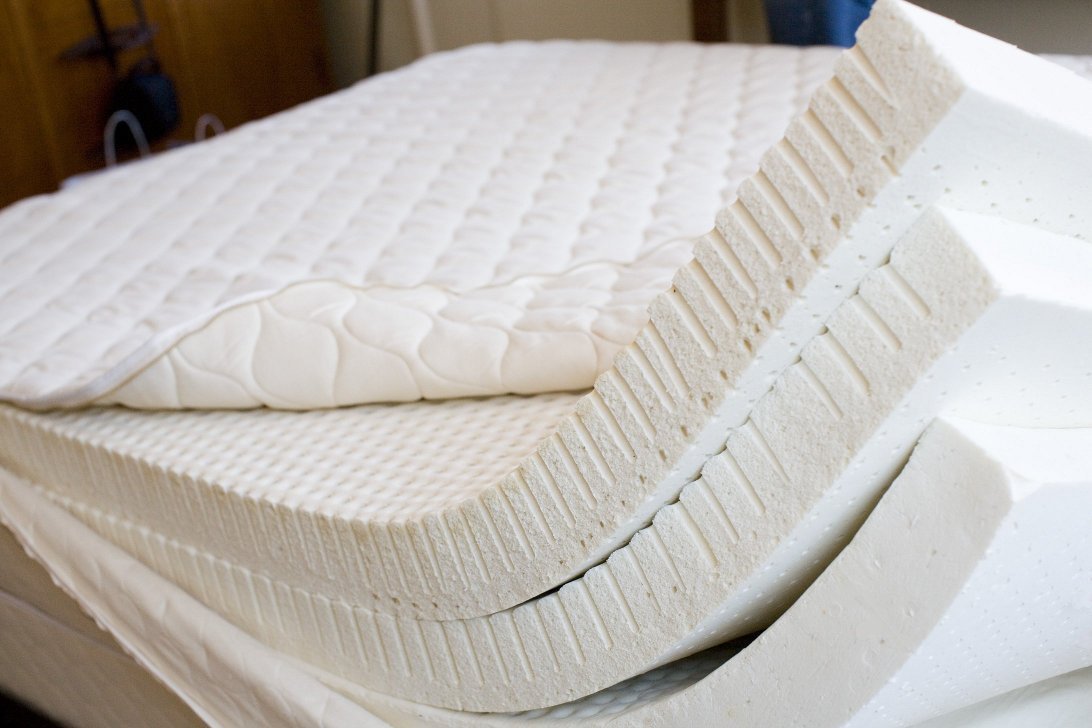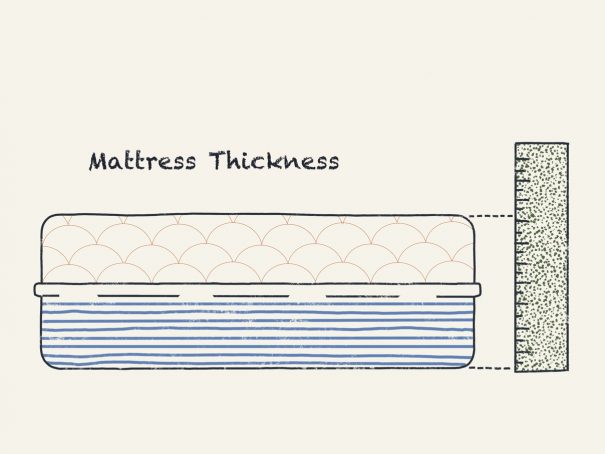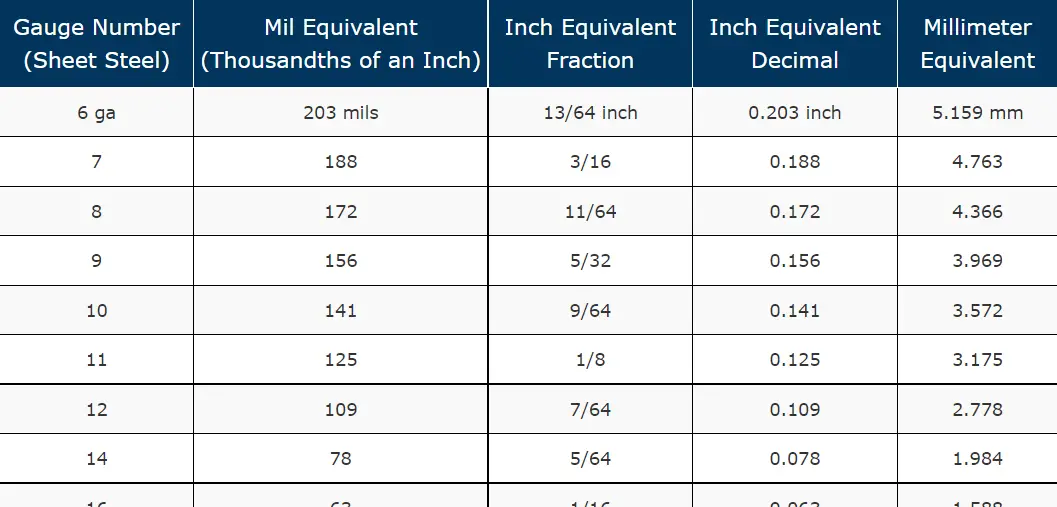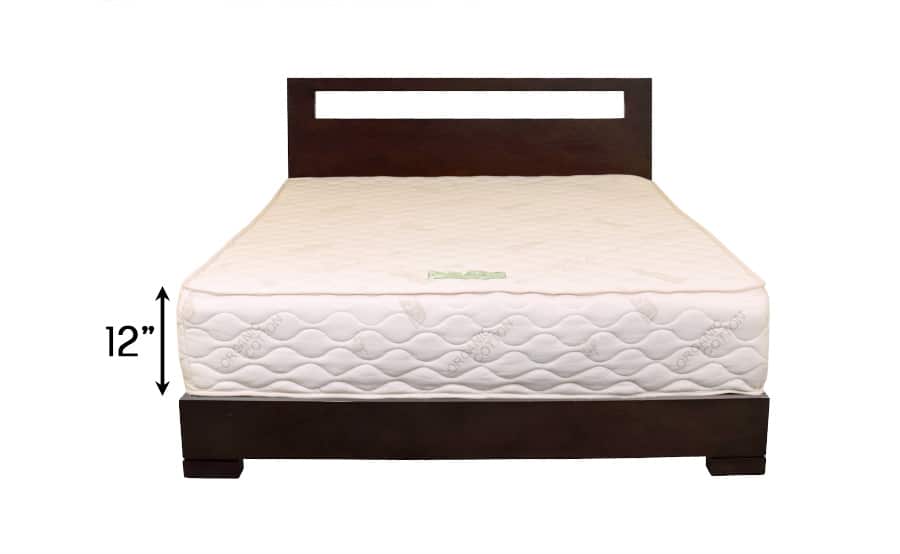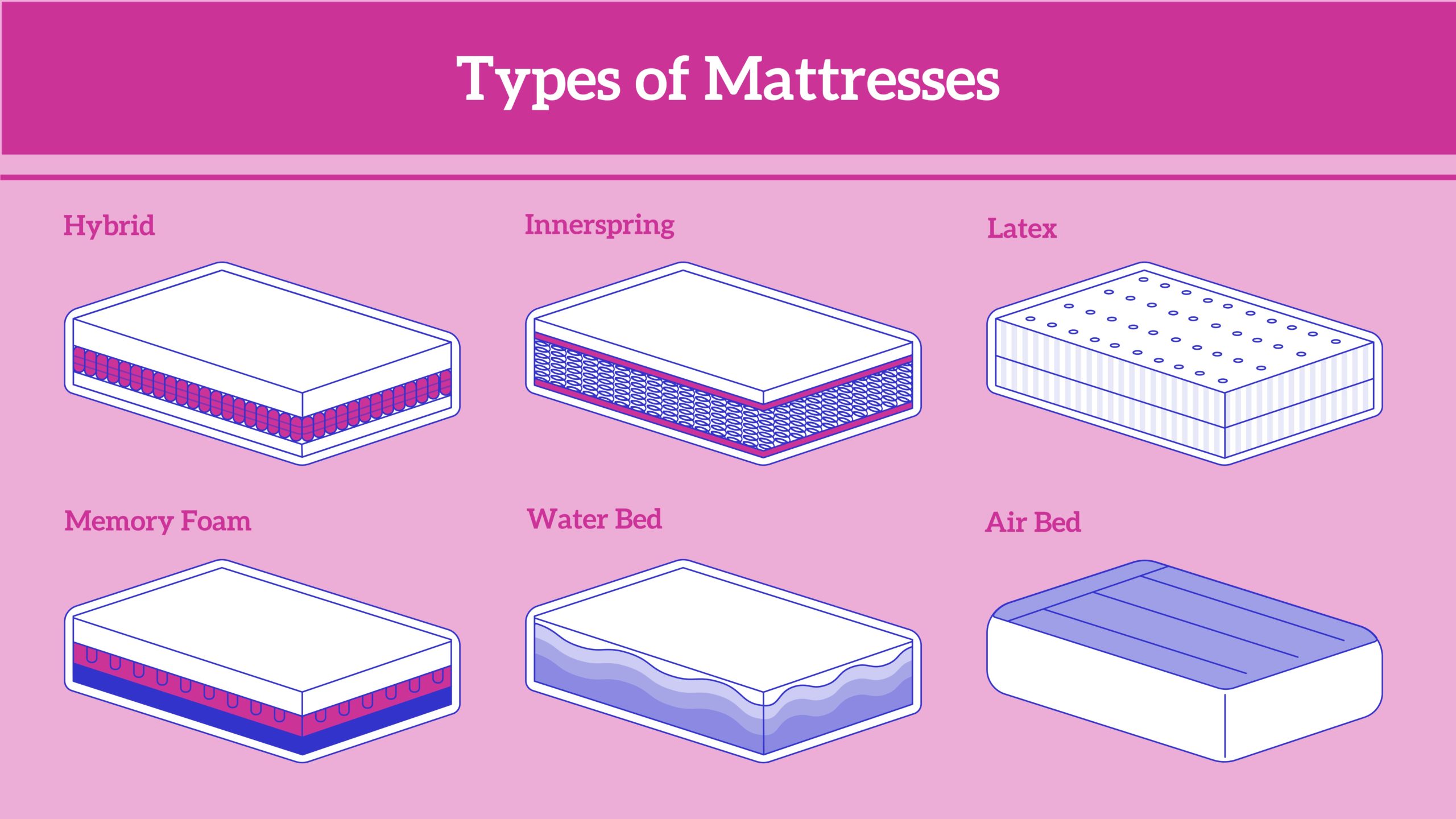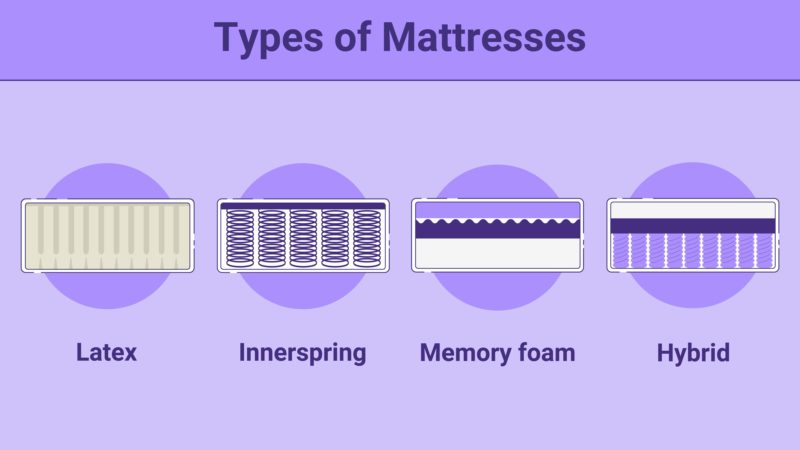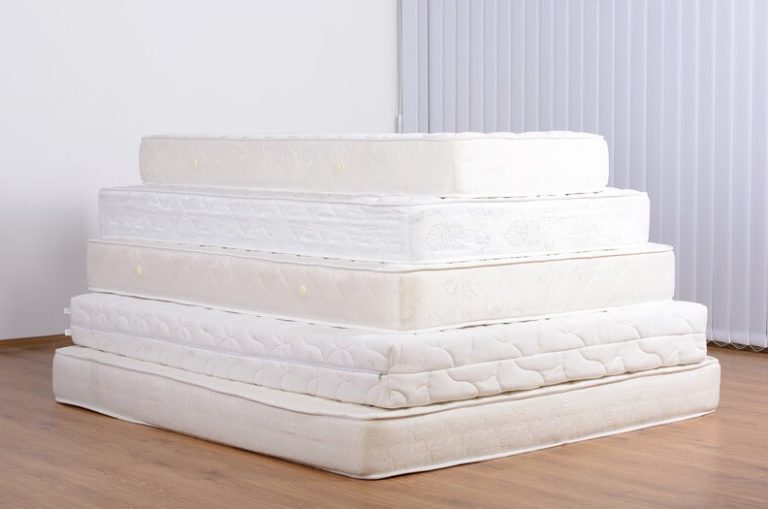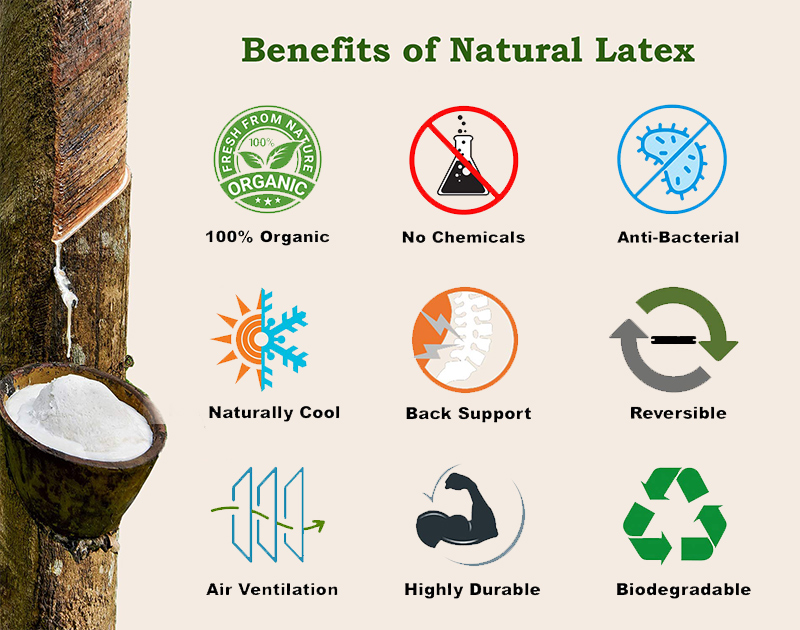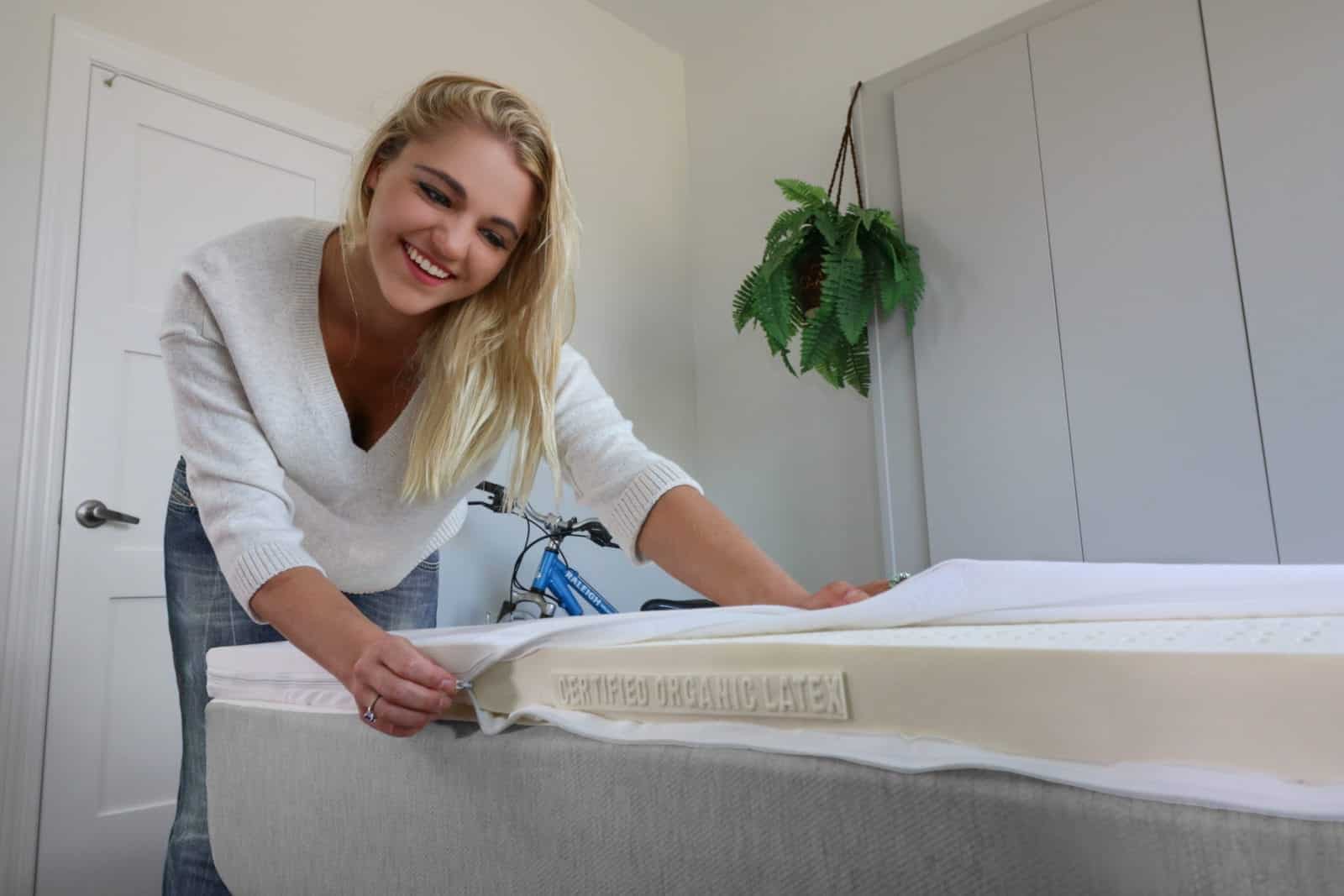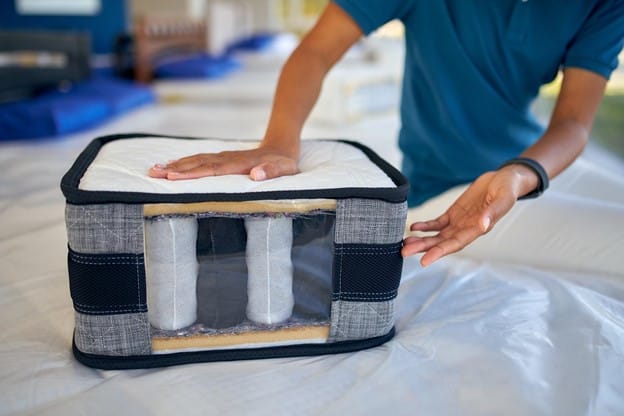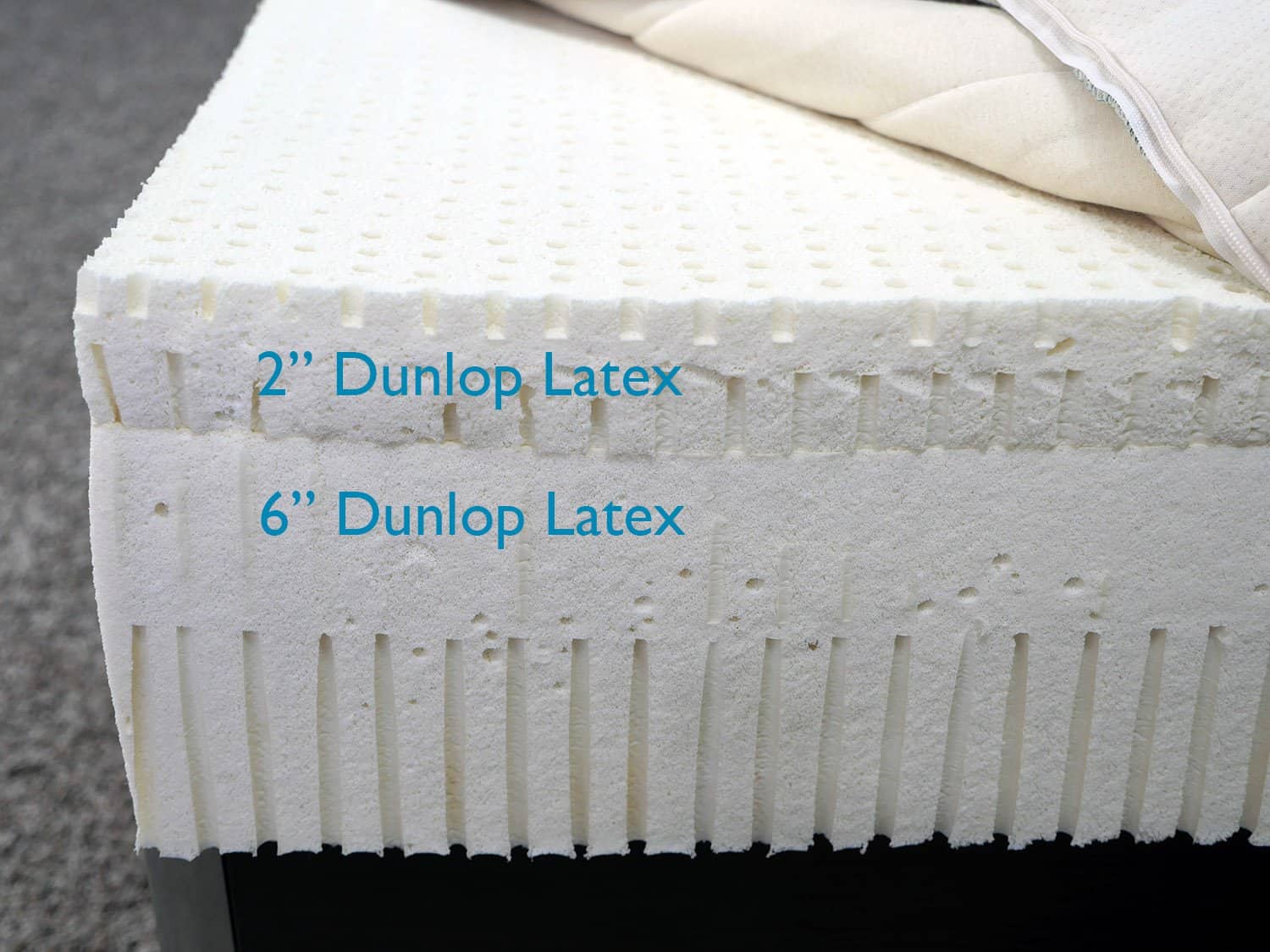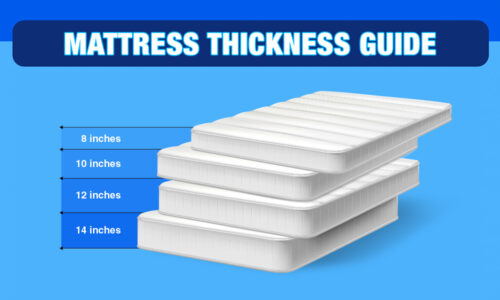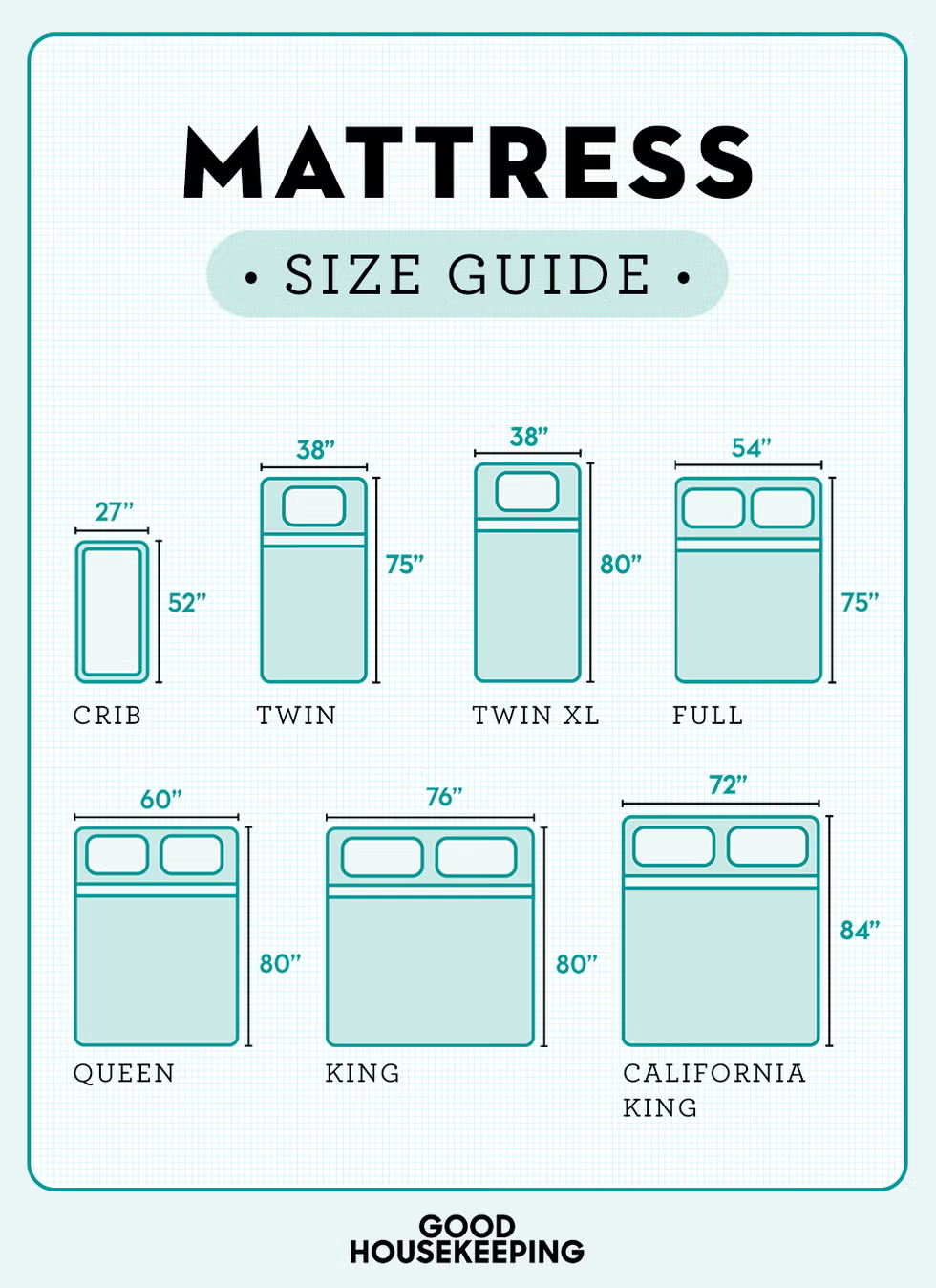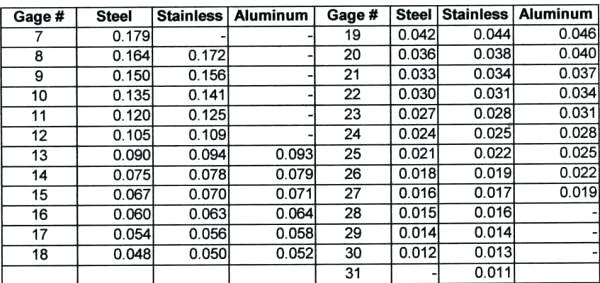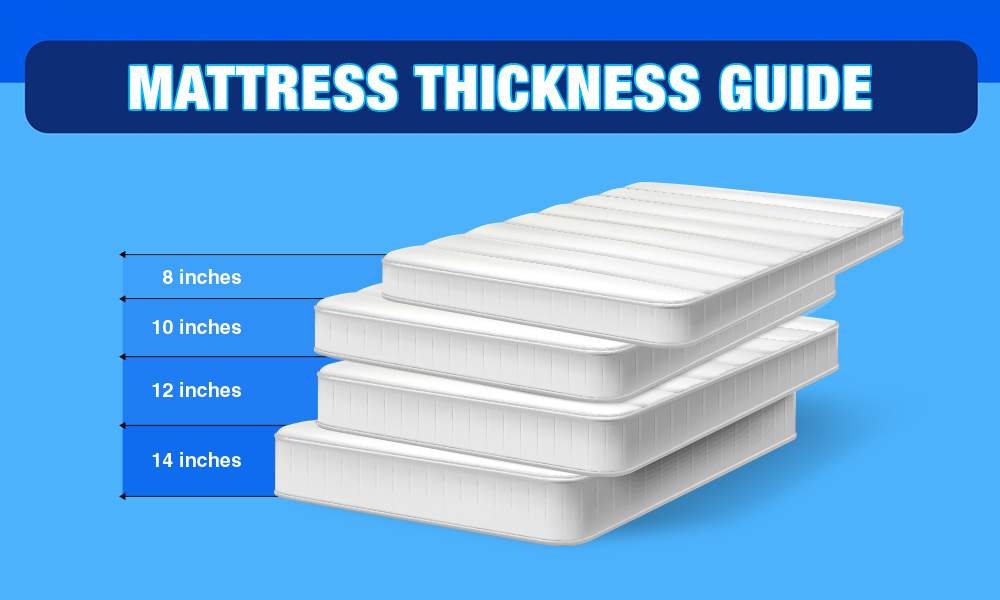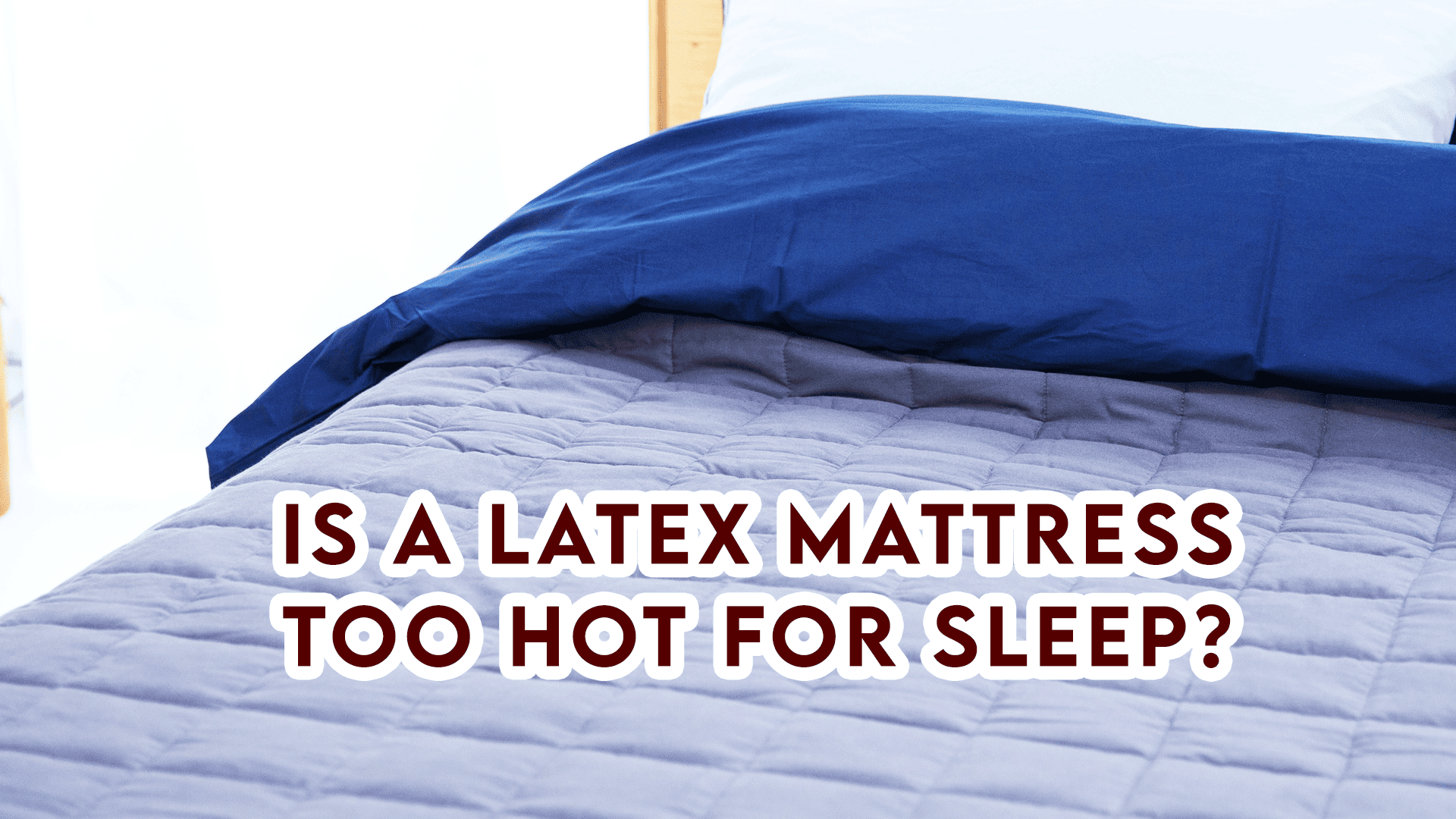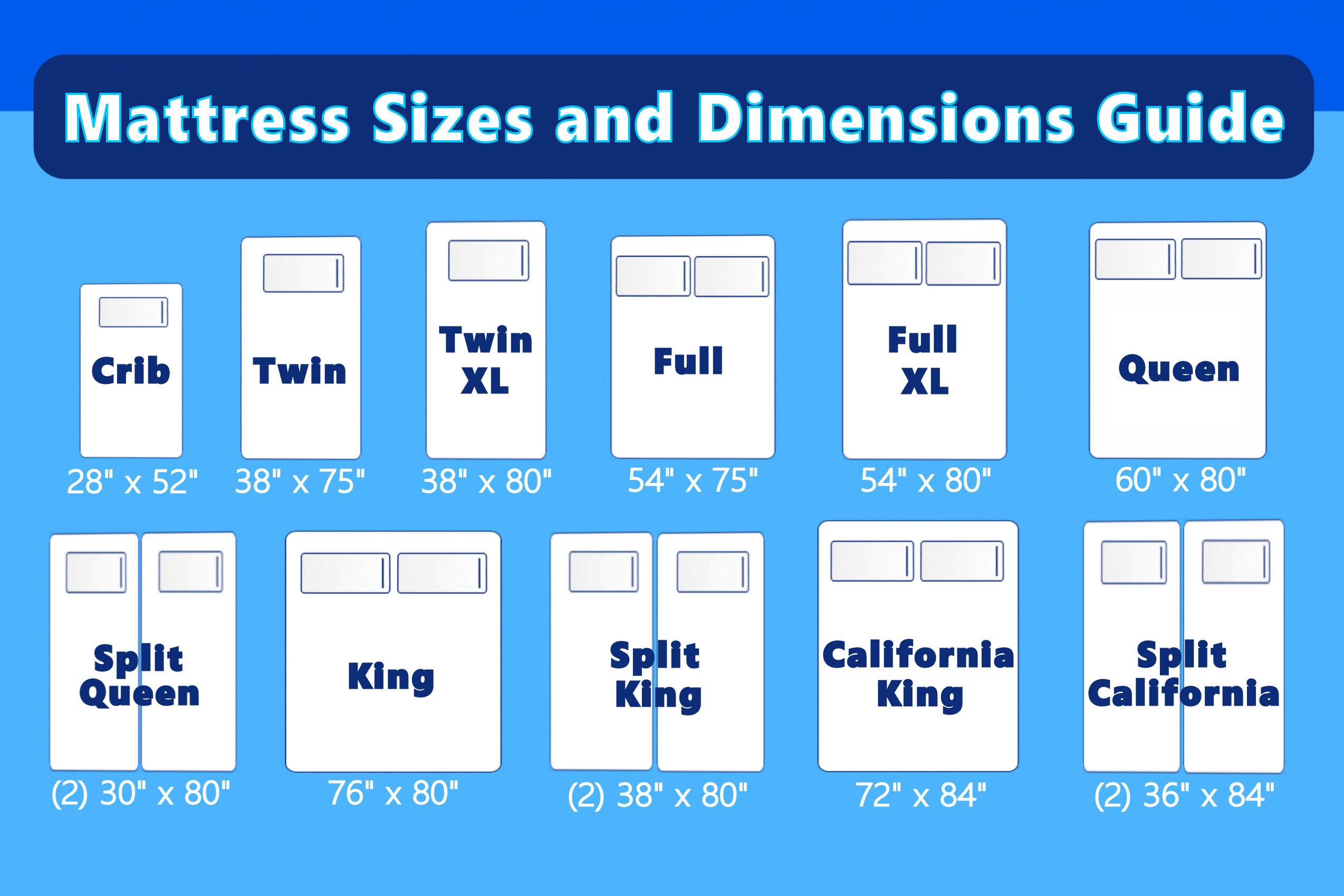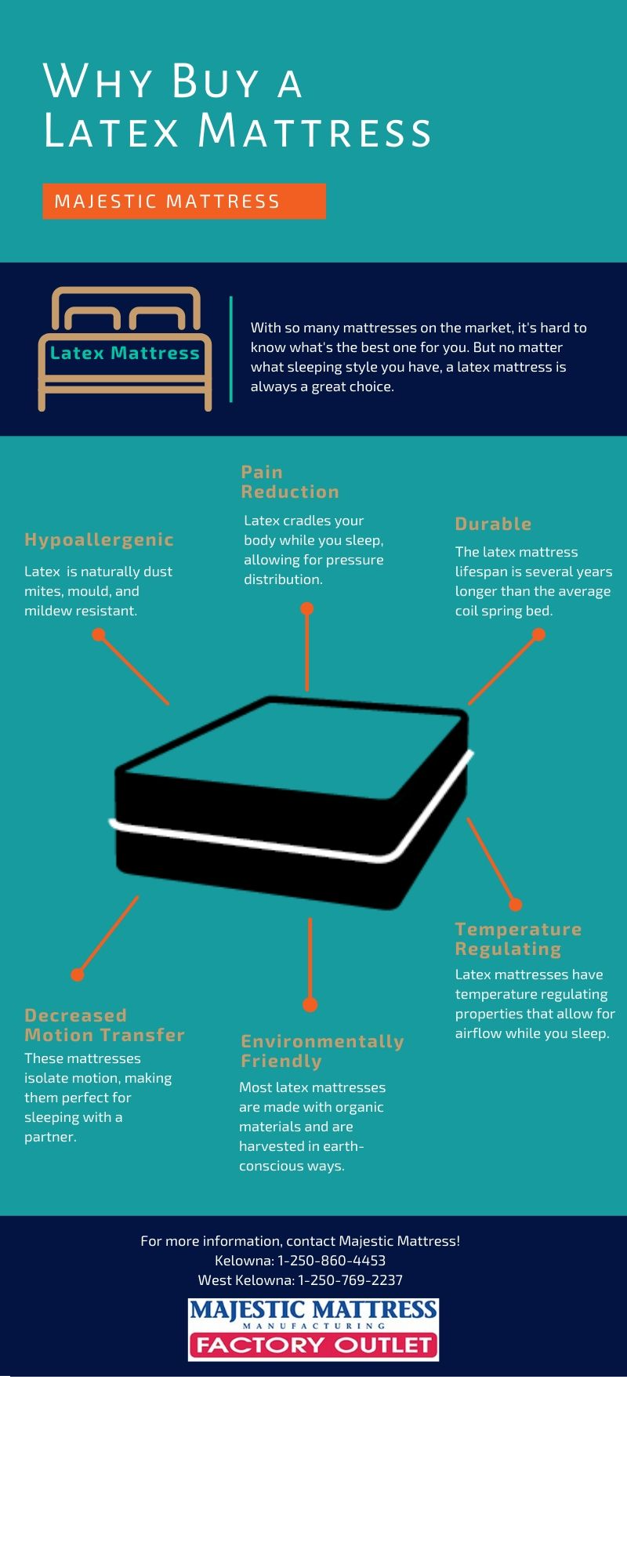1. Latex Mattress Thickness and Weight: What You Need to Know
When it comes to buying a new mattress, one of the most important factors to consider is the thickness and weight of the mattress. This is especially true for latex mattresses, which are known for their unique properties and benefits. In this article, we will delve into the relationship between latex mattress thickness and weight, and how to choose the right one for your needs.
2. The Relationship Between Latex Mattress Thickness and Weight
The thickness and weight of a latex mattress go hand in hand. Generally, the thicker the mattress, the heavier it will be. This is because latex mattresses are made from layers of latex foam, which can vary in density and thickness. The more layers a mattress has, the thicker and heavier it will be.
3. How to Choose the Right Thickness and Weight for Your Latex Mattress
When it comes to choosing the right thickness and weight for your latex mattress, there are a few things to consider. First, think about your preferred level of firmness. Thicker and heavier mattresses tend to be firmer, while thinner and lighter mattresses are softer. Additionally, consider your body weight and sleeping preferences. Heavier individuals may need a thicker and heavier mattress for proper support, while lighter individuals may prefer a thinner and lighter one for comfort.
4. Understanding the Different Types of Latex Mattresses and Their Thickness and Weight
There are two main types of latex mattresses: Dunlop and Talalay. Dunlop latex is denser and heavier, making it a great choice for those who prefer a firmer mattress. Talalay latex, on the other hand, is lighter and has a softer feel. It is also known for its ability to relieve pressure points. When choosing between these two types, consider the thickness and weight of the mattress to determine which one will suit your needs best.
5. The Benefits of a Thicker or Heavier Latex Mattress
There are several benefits to choosing a thicker or heavier latex mattress. For one, it tends to be more durable and long-lasting, as the extra layers provide added support and cushioning. Thicker and heavier mattresses are also better at relieving pressure points and providing proper spinal alignment, making them a great choice for those with back or joint pain.
6. The Drawbacks of a Thicker or Heavier Latex Mattress
While there are many benefits to thicker and heavier latex mattresses, there are also some drawbacks to consider. These mattresses tend to be more expensive due to the added materials and layers. They can also be more difficult to move and rotate, which is important for maintaining the integrity of the mattress.
7. How to Measure the Thickness and Weight of a Latex Mattress
Measuring the thickness and weight of a latex mattress is fairly simple. To measure the thickness, use a tape measure to determine the height of the mattress from top to bottom. To measure the weight, use a bathroom scale and weigh yourself first, then weigh yourself again while holding the mattress. The difference between the two weights is the weight of the mattress.
8. Comparing Latex Mattress Thickness and Weight to Other Mattress Types
Compared to other types of mattresses, latex mattresses tend to be thicker and heavier. Innerspring mattresses, for example, are typically thinner and lighter, while memory foam mattresses can vary in thickness and weight depending on the density of the foam. When comparing different types of mattresses, consider your preferences and needs to determine which one is the best fit for you.
9. Tips for Maintaining the Thickness and Weight of Your Latex Mattress
To maintain the thickness and weight of your latex mattress, it is important to follow proper care and maintenance guidelines. Rotate the mattress regularly to prevent uneven wear and sagging. Use a mattress protector to keep the mattress clean and free from spills and stains. And make sure to use a sturdy and supportive bed frame to prevent the mattress from sinking or becoming damaged.
10. Frequently Asked Questions About Latex Mattress Thickness and Weight
Here are some commonly asked questions about latex mattress thickness and weight:
Q: Can I customize the thickness and weight of my latex mattress?
A: Yes, some mattress manufacturers offer customizable options for thickness and weight.
Q: Can a thicker mattress provide better support?
A: Yes, thicker mattresses tend to provide more support and can be a good choice for those with back or joint pain.
Q: Is a heavier mattress more durable?
A: Generally, yes. The added weight can indicate more layers and materials, which can contribute to the durability of the mattress.
Q: How often should I rotate my latex mattress?
A: It is recommended to rotate your latex mattress every 3-6 months to prevent uneven wear.
In conclusion, the thickness and weight of a latex mattress are important factors to consider when shopping for a new mattress. Understanding the relationship between the two, as well as the different types and their benefits and drawbacks, can help you make an informed decision. With proper care and maintenance, a latex mattress can provide you with a comfortable and supportive sleep for years to come.
Why Thickness and Weight Matter When Choosing a Latex Mattress

Importance of a Good Night's Sleep
 Having a comfortable and restful sleep is crucial for our physical and mental well-being. And the foundation of a good night's sleep is a
quality mattress
. With so many options available in the market, it can be overwhelming to choose the right one. However, if you are looking for a durable, eco-friendly, and comfortable mattress, then a latex mattress may be the perfect choice for you. But before you make the purchase, it's important to understand the
importance of thickness and weight
when it comes to a latex mattress.
Having a comfortable and restful sleep is crucial for our physical and mental well-being. And the foundation of a good night's sleep is a
quality mattress
. With so many options available in the market, it can be overwhelming to choose the right one. However, if you are looking for a durable, eco-friendly, and comfortable mattress, then a latex mattress may be the perfect choice for you. But before you make the purchase, it's important to understand the
importance of thickness and weight
when it comes to a latex mattress.
The Ideal Thickness
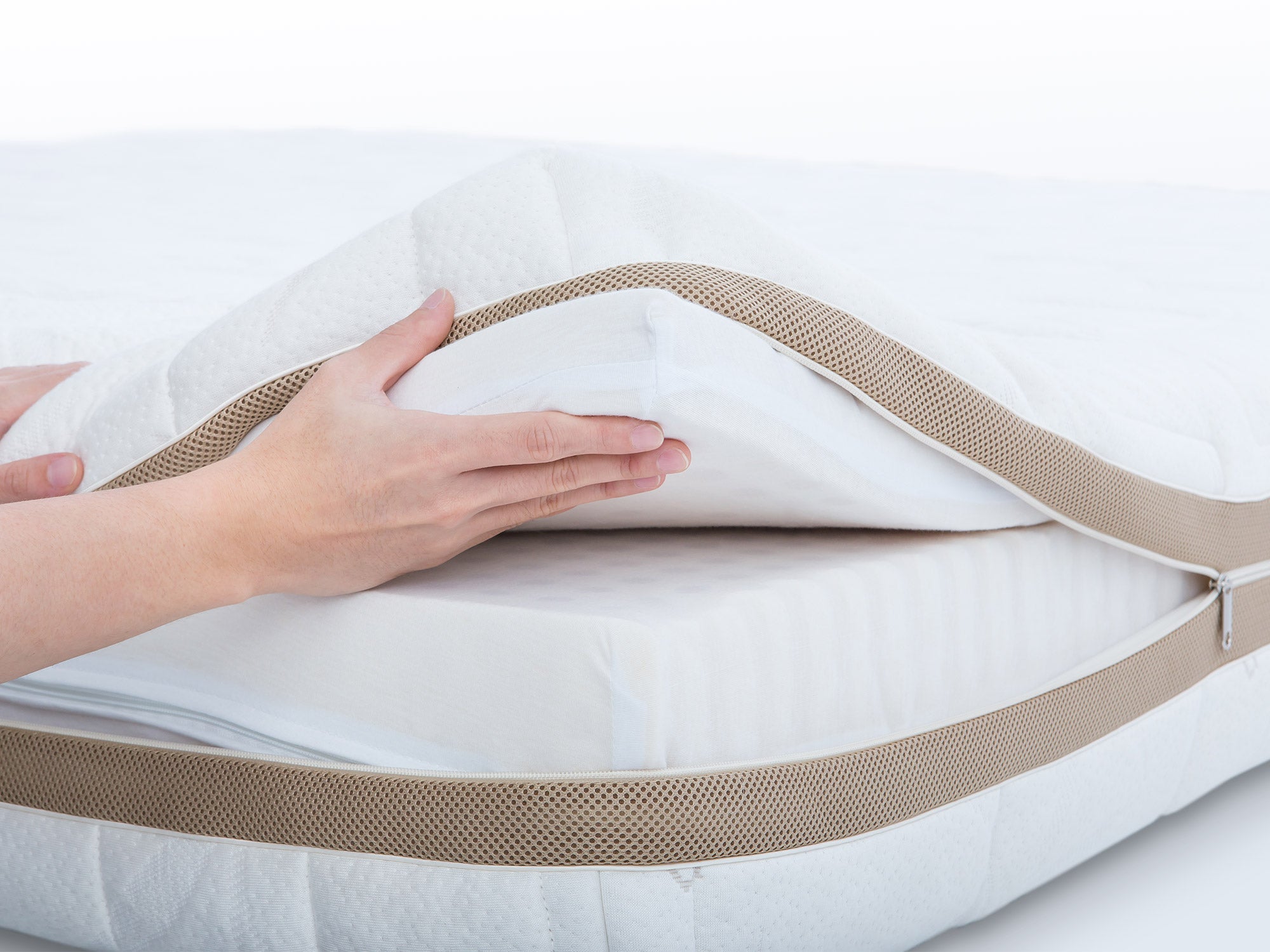 The thickness of a mattress plays a vital role in its comfort and support level. A latex mattress typically comes in three different thickness options - 6 inches, 8 inches, and 10 inches. The ideal thickness for you depends on your body weight and sleeping preferences. A thicker mattress is recommended for those who weigh more as it provides better support and prevents the feeling of sinking in. On the other hand, those who prefer a softer sleeping surface may opt for a thinner mattress.
The thickness of a mattress plays a vital role in its comfort and support level. A latex mattress typically comes in three different thickness options - 6 inches, 8 inches, and 10 inches. The ideal thickness for you depends on your body weight and sleeping preferences. A thicker mattress is recommended for those who weigh more as it provides better support and prevents the feeling of sinking in. On the other hand, those who prefer a softer sleeping surface may opt for a thinner mattress.
The Weight Factor
 When it comes to a latex mattress, weight is not just about how much it weighs, but also about its
density
. The weight of a latex mattress is directly related to its density, which is measured in pounds per cubic foot. The higher the density, the heavier the mattress will be. A higher density mattress is more durable and provides better support. However, it may also feel firmer. On the other hand, a lower density mattress may feel softer but may not be as durable.
When it comes to a latex mattress, weight is not just about how much it weighs, but also about its
density
. The weight of a latex mattress is directly related to its density, which is measured in pounds per cubic foot. The higher the density, the heavier the mattress will be. A higher density mattress is more durable and provides better support. However, it may also feel firmer. On the other hand, a lower density mattress may feel softer but may not be as durable.
Choosing the Right Combination
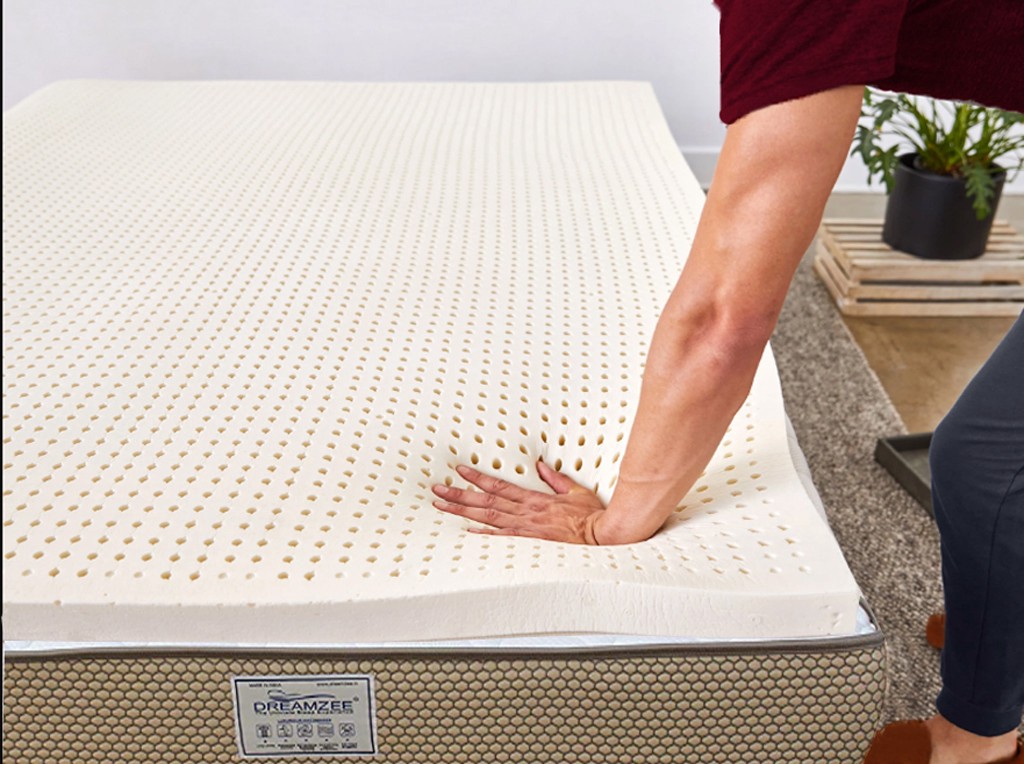 Now that you understand the importance of thickness and weight, it's important to find the right combination that suits your needs. If you are a side sleeper, a thicker and softer latex mattress may be the best option for you. For back or stomach sleepers, a thinner and firmer mattress may be more suitable. It's also important to consider your body weight and choose a density that provides the right level of support for you.
In conclusion
, when it comes to choosing a latex mattress, don't just focus on its thickness or weight individually. Instead, consider them both together to find the perfect mattress that provides comfort, support, and durability. By understanding the importance of these factors, you can make an informed decision and invest in a mattress that will give you a good night's sleep for years to come. So, don't just settle for any mattress, choose a latex mattress and experience the difference it can make.
Now that you understand the importance of thickness and weight, it's important to find the right combination that suits your needs. If you are a side sleeper, a thicker and softer latex mattress may be the best option for you. For back or stomach sleepers, a thinner and firmer mattress may be more suitable. It's also important to consider your body weight and choose a density that provides the right level of support for you.
In conclusion
, when it comes to choosing a latex mattress, don't just focus on its thickness or weight individually. Instead, consider them both together to find the perfect mattress that provides comfort, support, and durability. By understanding the importance of these factors, you can make an informed decision and invest in a mattress that will give you a good night's sleep for years to come. So, don't just settle for any mattress, choose a latex mattress and experience the difference it can make.
